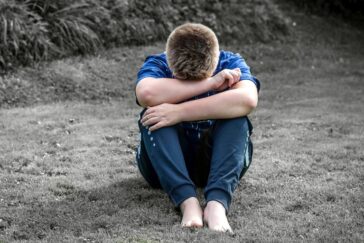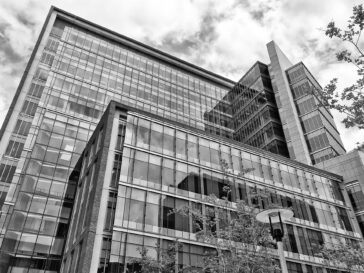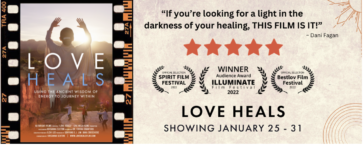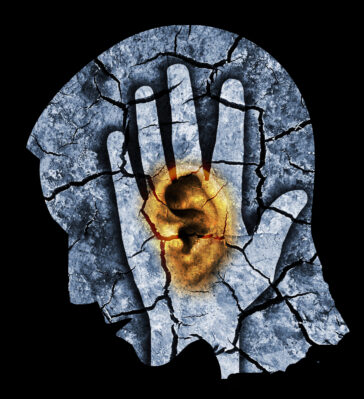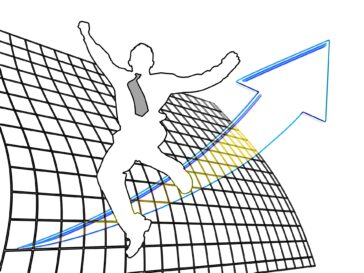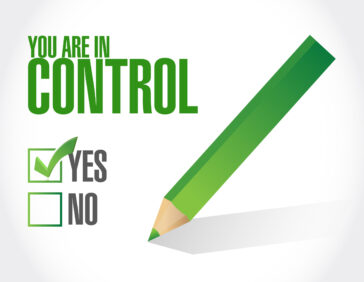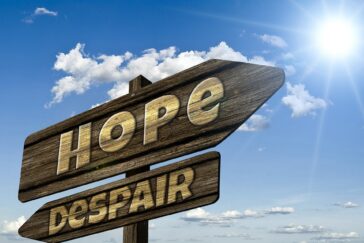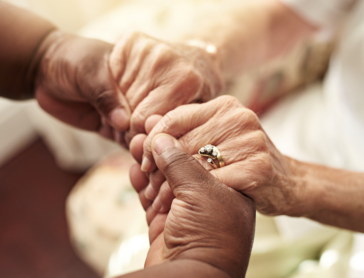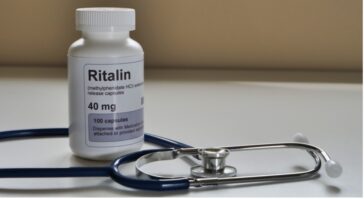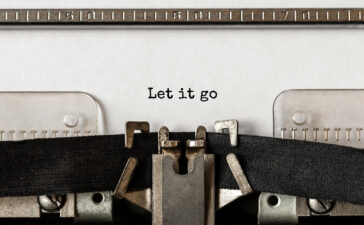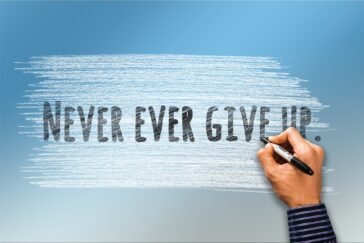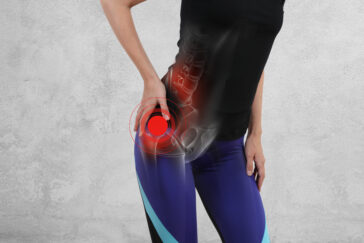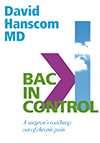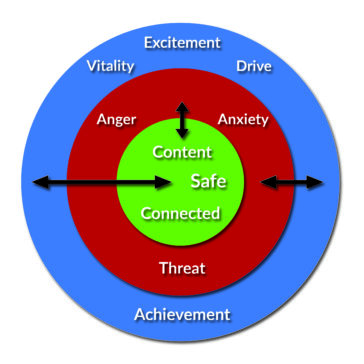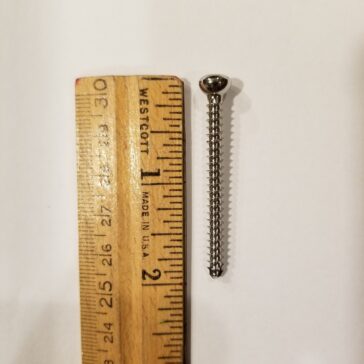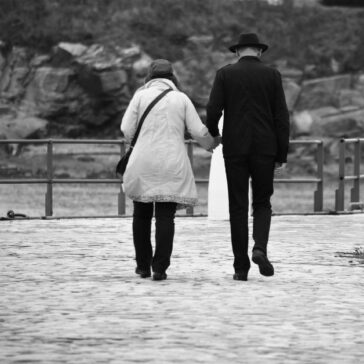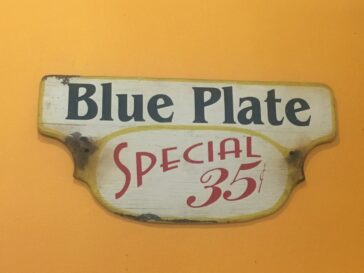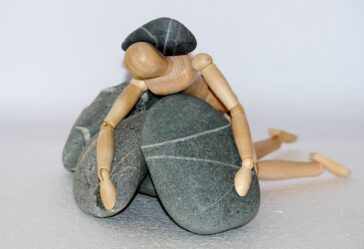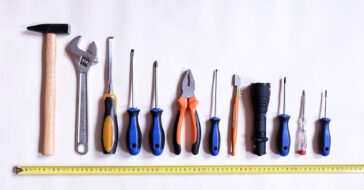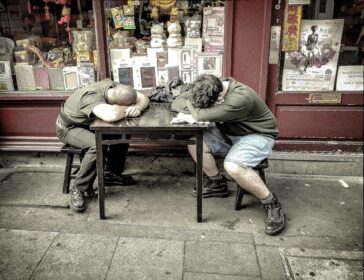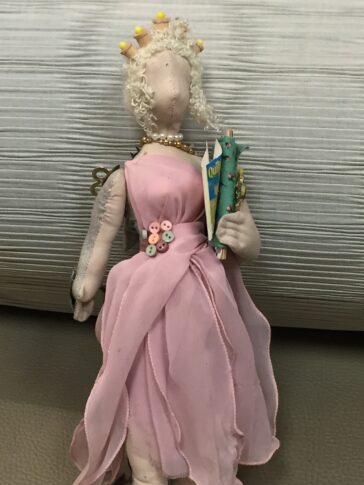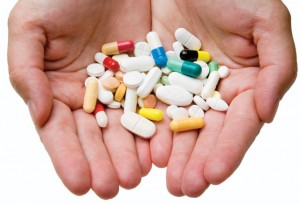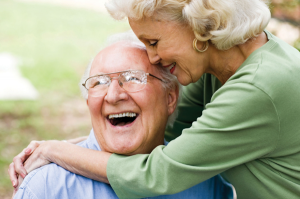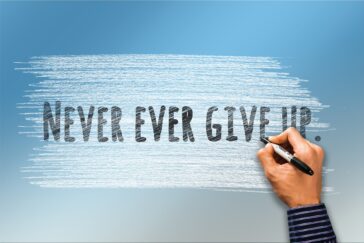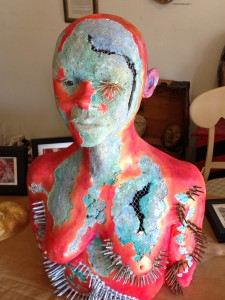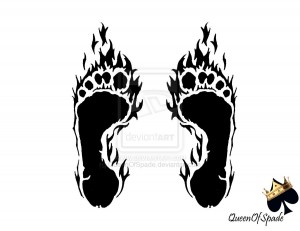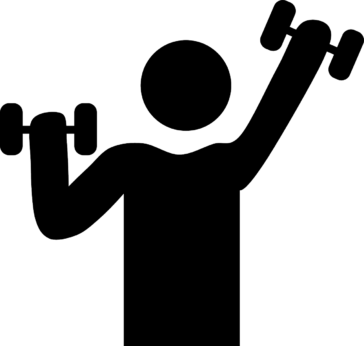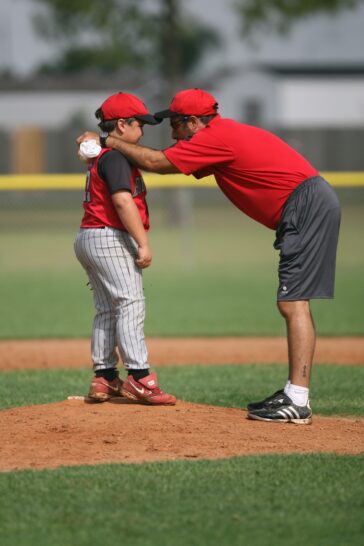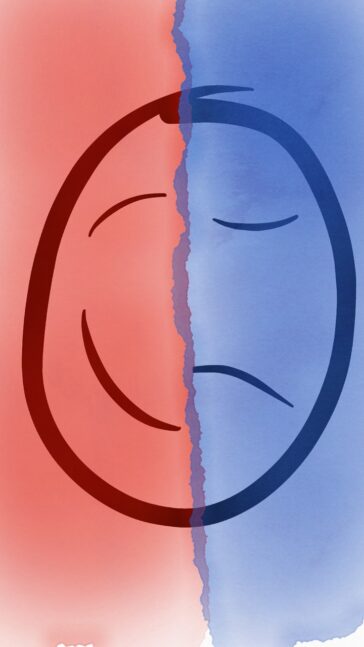Hope is healing
An important aspect of healing is regaining hope and optimism. When you are trapped without any hint of a solution, the darkness you feel is impossible to put it into words. It is inevitable that you will begin to despair and remain justifiably angry. In turn, you will have elevated levels of stress chemicals and inflammatory markers, which has devastating effects on your mental and physical health.
This section is for you to share your story and give hope to those who have not yet begun the healing journey.

The need for hope
The losses and indignities of chronic pain are endless and include:
- Loss of financial independence
- No one believes you are suffering as much as you are. The more you try to explain it, the less sympathy you’ll receive.
- You are labeled by your medical providers and not given full attention.
- Your hopes are repeatedly dashed being offered promises of relief and nothing changes.
- Repeatedly being disappointed is a classic way to induce depression.1
- You are in pain and the attendant anxiety is often worse than the physical pain.
- You are often on multiple medications with disruptive side effects.
- You are labeled as having “psychological issues.”
- Loss of intimacy with your partner.
- Family life becomes tedious and reactive. Joy has disappeared.
- It’s not much fun being angry and upset all the time. You may have even forgotten what it is like to enjoy life.
The price of pain
Several research papers have documented that the impact of chronic pain on your quality of life is similar to having terminal cancer.2 Additionally, people die earlier,3 have higher incidence of heart disease, anxiety, hypertension, and diabetes.4 There is a higher incidence of autoimmune disorders5 and also a high rate of people becoming addicted to medications. It is truly a miserable existence.
But the worst aspect of it all is having no hope. For many patients, almost every doctor has told you that there is no cure and the best you can do is learn to live with your pain. An emerging diagnosis is “MUS” (Medically Unexplained Symptoms)) They are wrong. Every mental and physical symptom in your body is explained by changes in your body’s physiology. A better and more accurate term would be, “MES” (Medically Explained Symptoms).
Dr. Viktor Frankl, who was an Austrian psychiatrist that was imprisoned and survived the German concentration camps, has a dramatic story about the power of hope. He lost almost all of his family. He describes unspeakable acts of horror in detail. But he says the worst part of the ordeal was not knowing if and when it would end. Obviously, this is almost an exact parallel to the plight of someone trapped in pain.6
Many physicians are not comfortable treating chronic pain, and many clinics refuse to see patients suffering from chronic pain – especially if they are on opioids.7 They are taught that pain is to be managed and not solvable. However, current neuroscience research has revealed the nature of chronic pain and also the keys to treat it. This knowledge has not yet penetrated into mainstream medical care, but major changes are happening.
Giving back
Hope and optimism have been documented to be important factors in healing.8 Different areas of the brain are stimulated, and the body’s chemical makeup is more favorable. Dr. Dantzer, in a 2018 review article presented the data showing that hope and optimism directly lower inflammatory markers.9
I have personally witnessed hundreds of patients break free from the grip of chronic pain, and in my practice, I routinely treated the most difficult of situations. Chronic pain is a treatable and solvable diagnosis.
Please share your success story and give hope to others. Hope is healing! Giving back has also been demonstrated to lower inflammation.10
References:
- Blum, Deborah. Love at Goon Park: Harry Harlow and the Science of Affection. Perseus Publishing, New York, NY. 2002.
- Fredheim OM et al. Chronic non-malignant pain patients report as poor health-related quality of life as palliative cancer patients. Acta Anaesthesiologica Scandinavica (2008); 52:143 – 150.
- Smyth J, et al. Stress and disease: A structural and functional analysis. Social and Personality Psychology Compass (2013); 7:217-227. doi:10.1111/spc3.120.20.
- Cohen S, Janicki-Deverts D, & Miller GE. Psychological stress and disease. Journal of the American Medical Association (2007); 298:1685–1687.
- Song H, et al. Association of stress-related disorders with subsequent autoimmune disease. Journal of the American Medical Association (2018); 319: 2388 – 2400.
- Frankl, Viktor. Man’s Search for Meaning. Beacon Press, Boston, MA, 1959,1962, 1984, 1992, 2006.
- Lagisetty PA, et al. Access to primary care clinics for patients with chronic pain receiving opioids. JAMA (2019); 2. doi:10.1001/jamanetworkopen.2019.6928.
- Johnson, AC, et al. Stress-induced pain: A target for the development of novel therapeutics. J Pharmacol Exp Ther (2014); 351:327-355.
- Dantzer R, et al. Resilience and immunity. Brain, Behavior, and Immunity (2018); 74:28-42. https://doi.org/10.1016/j.bbi.2018.08.010
- Cole SW, et al. Social regulation of gene expression in human leukocytes. Genome Biology (2007); 8:R189. doi:10.1186/gb-2007-8-9-r1891
Share your story of hope

